The Maldives stretches across the Indian Ocean like a string of pearls, with many of its 1,192 islands still unexplored by tourists. Beyond the famous luxury resorts and Instagram hotspots lie pristine islands where traditional Maldivian life continues unchanged. These hidden gems offer authentic experiences, from watching local fishermen bring in their daily catch to spotting manta rays in untouched reefs.
Want to discover places that aren’t in your typical travel guide? Let’s explore these peaceful havens where island life moves at its own gentle pace.
Mathiveri
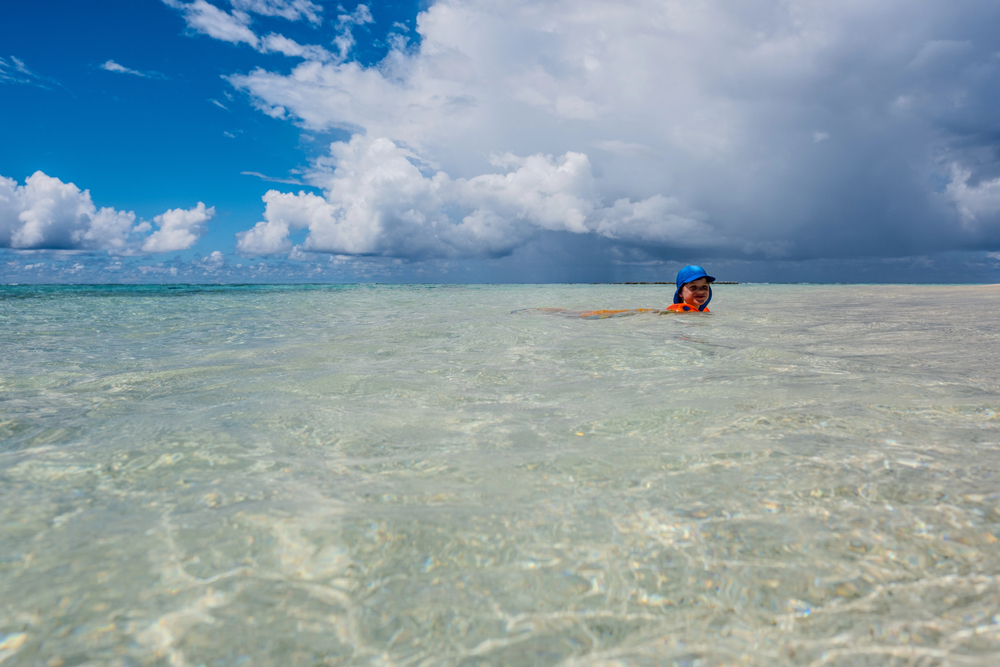
This North Ari Atoll gem preserves traditional Maldivian fishing culture in its purest form. Local fishermen practice sustainable pole-and-line tuna fishing, a method used in the Maldives for generations. The island’s house reef supports a thriving ecosystem where sea turtles and reef sharks are regular visitors.
The western beach offers unobstructed sunset views across the Indian Ocean, with traditional dhoni boats dotting the horizon.
Fuvahmulah
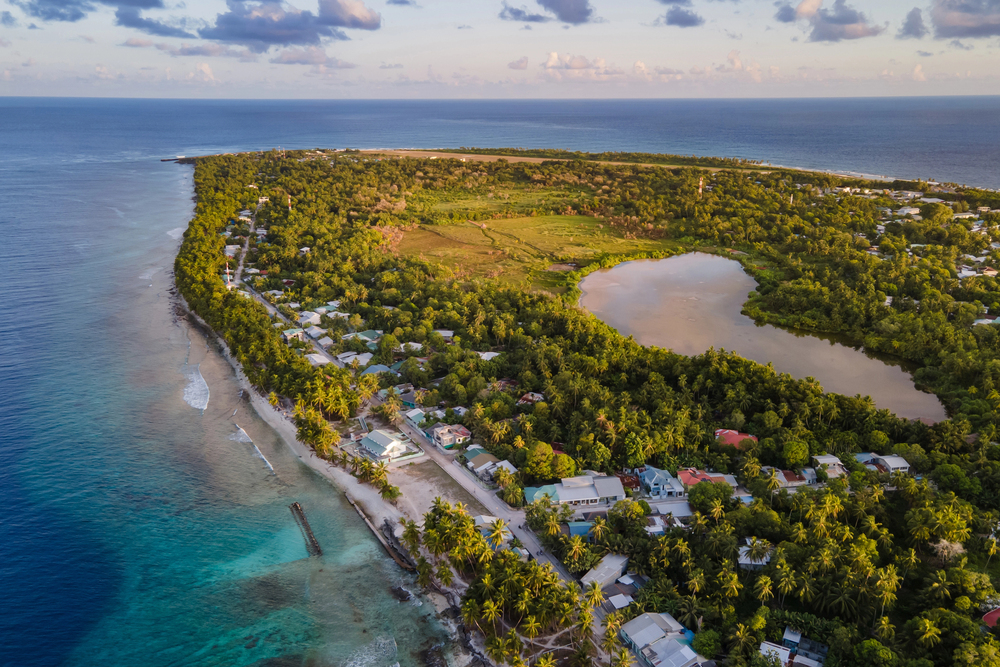
As the Maldives’ only one-island atoll, Fuvahmulah breaks the typical Maldivian mold. The island features two rare freshwater lakes, Dhadimagi and Bandaara Kilhi, which provide habitat for unique wetland birds.
Tiger sharks frequent the deep waters around the island throughout the year, making it a renowned destination for experienced divers. Its unusual dark sand beaches, formed from eroded coral, contrast the typical white shores of the Maldives.
Like Travel Pug’s content? Follow us on MSN.
Thinadhoo
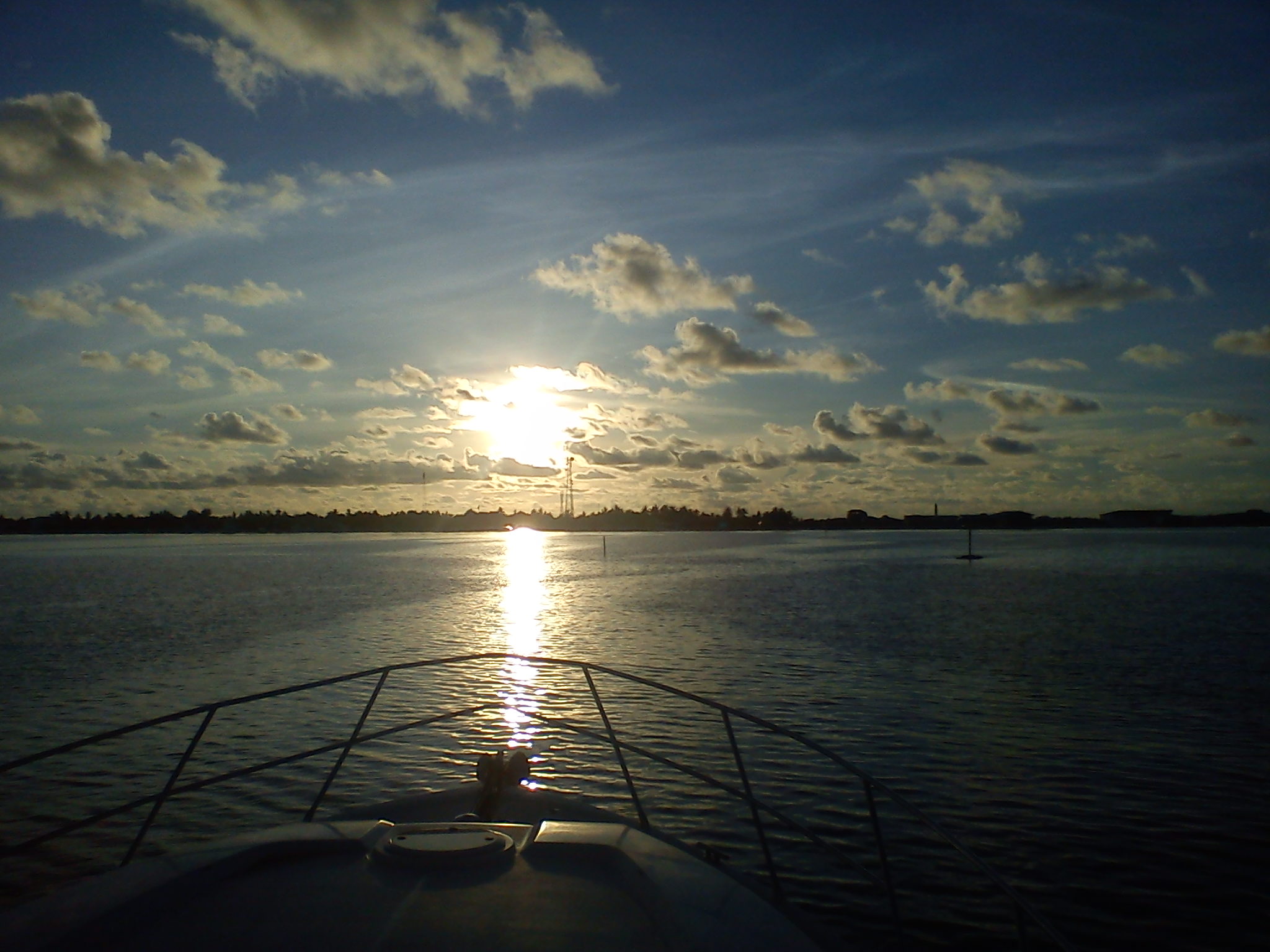
This capital of Gaafu Dhaalu Atoll maintains its traditional charm while serving as a regional center. The island’s coral stone mosque, built in the 1800s, stands as a testament to traditional Maldivian architecture.
Marine biologists regularly monitor the surrounding reefs, which show remarkable resilience to coral bleaching. Local fishermen still gather at the harbor each afternoon, maintaining age-old traditions of community fish sharing.
Maalhos
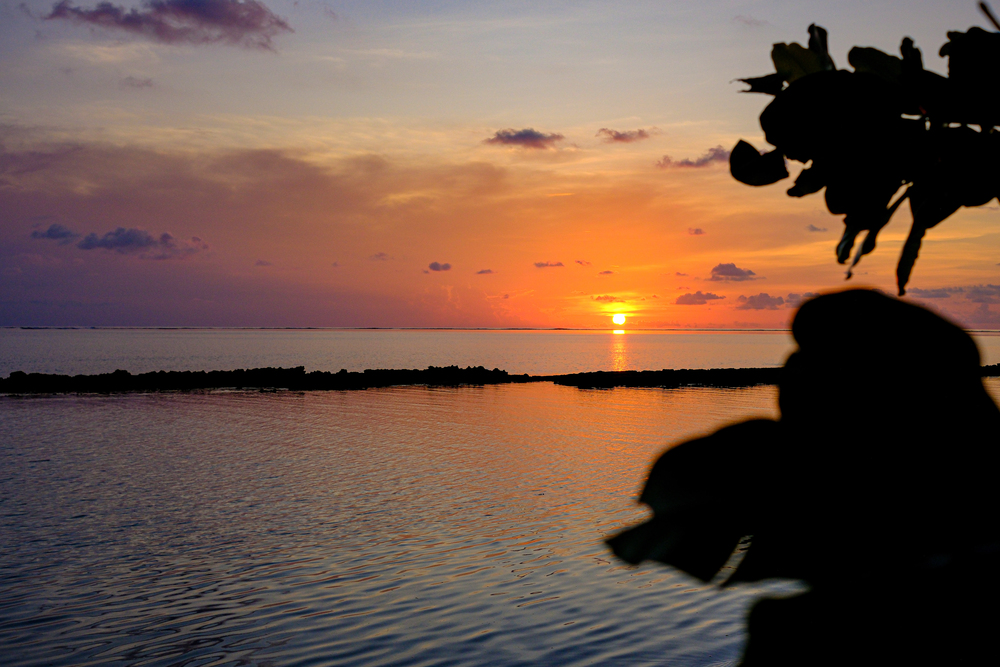
This Baa Atoll island leads the way in environmental conservation with measurable results. The island achieved a complete ban on single-use plastics in 2019, becoming a model for sustainable island living.
Traditional boat builders continue crafting wooden dhonis using methods passed down through generations. The surrounding waters lie within the UNESCO Biosphere Reserve, where documented manta ray populations feed year-round.
Dharavandhoo
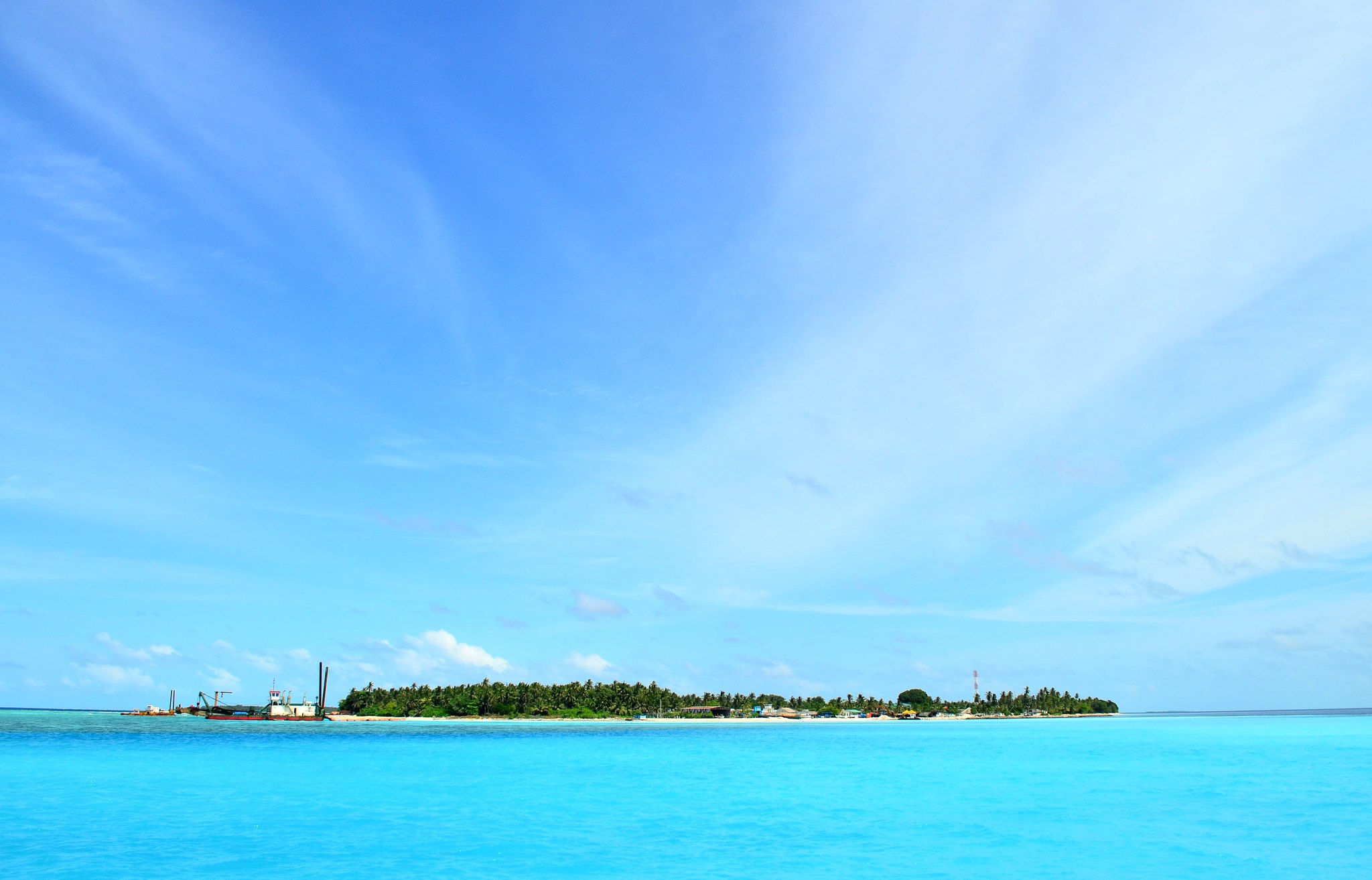
This gateway to Hanifaru Bay plays a crucial role in marine conservation efforts. Scientists regularly monitor the island’s unique coral restoration projects, showing promising results in reef regeneration.
Local guides trained in marine biology lead educational tours about the area’s rich marine ecosystem. During the southwest monsoon, the nearby waters host one of the world’s largest documented gatherings of manta rays.
Like Travel Pug’s content? Follow us on MSN.
Felidhoo
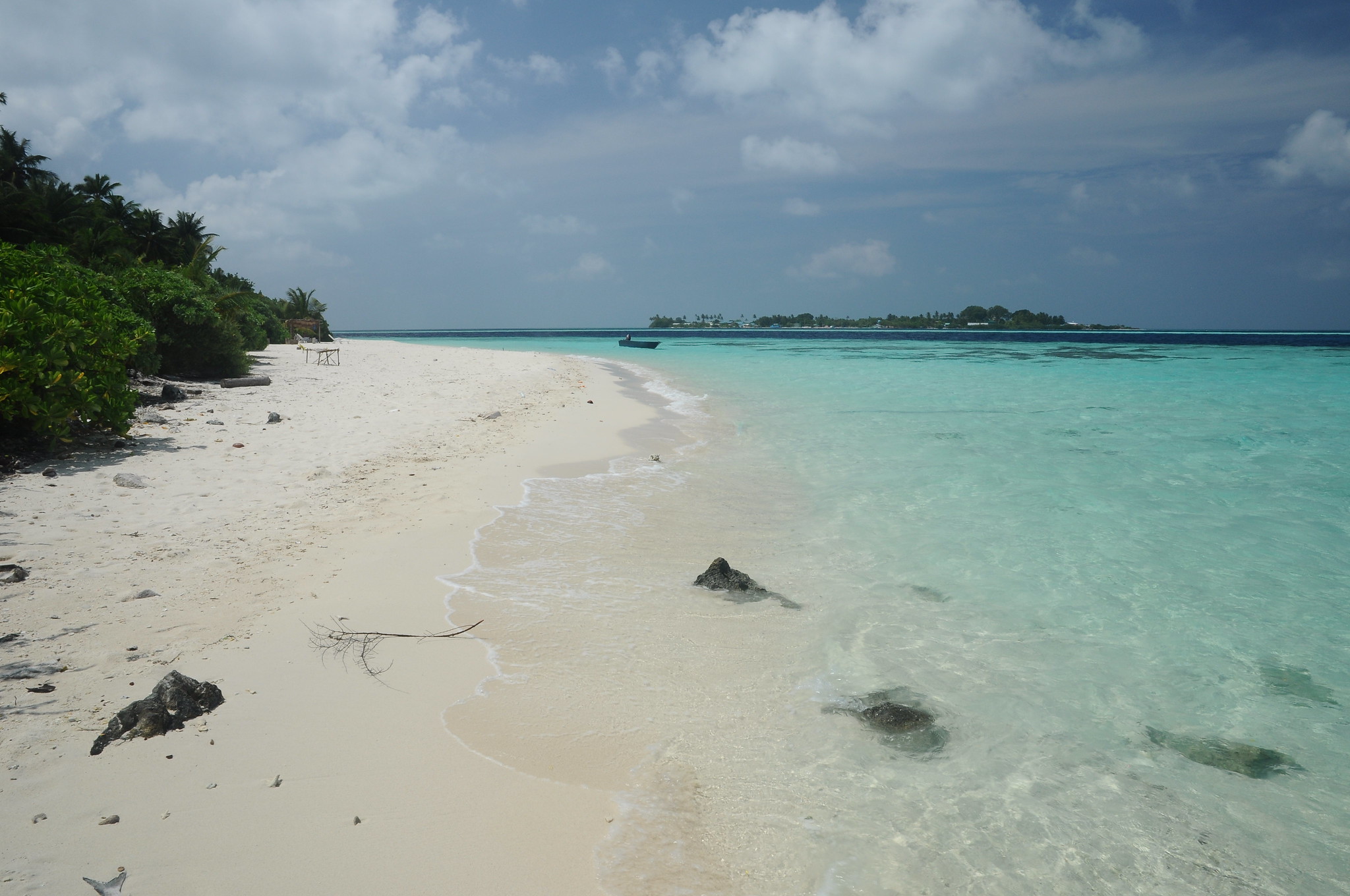
The administrative capital of Vaavu Atoll preserves authentic island traditions with pride. Women here maintain the art of thundu kunaa weaving, creating traditional mats from native reeds.
The surrounding waters feature documented populations of hammerhead sharks during early morning hours—the island’s natural harbor shelters traditional fishing vessels, offering insight into the Maldives’ maritime heritage.
Makunudhoo
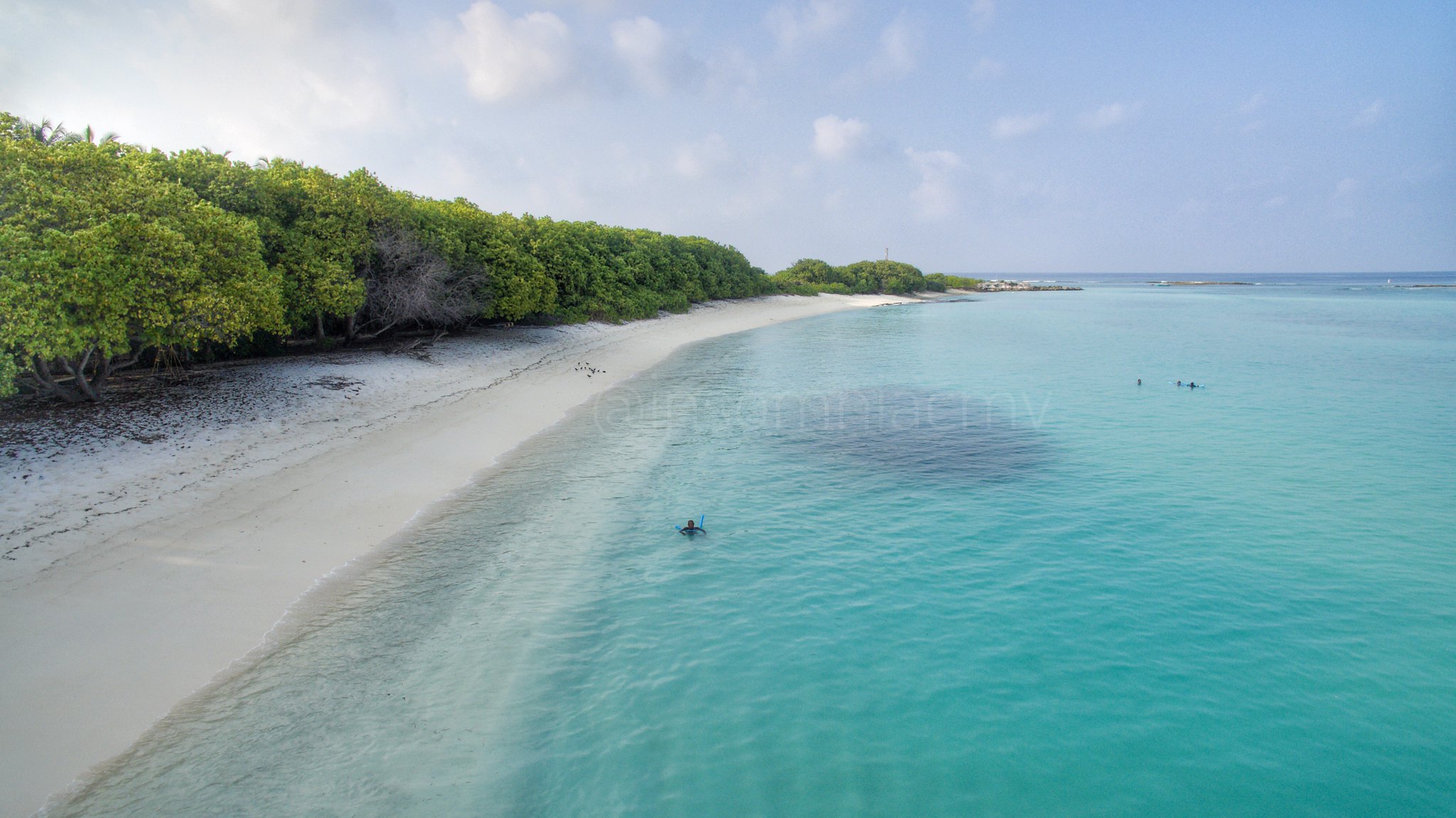
The northernmost inhabited island in the Maldives is of significant historical importance. Archaeological evidence shows settlements dating back to the Buddhist period, and verified artifacts are still being discovered.
The surrounding reefs host documented populations of guitar rays and eagle rays. The island’s position offers scientists unique opportunities to study climate patterns affecting the northern Maldives.
Rinbudhoo
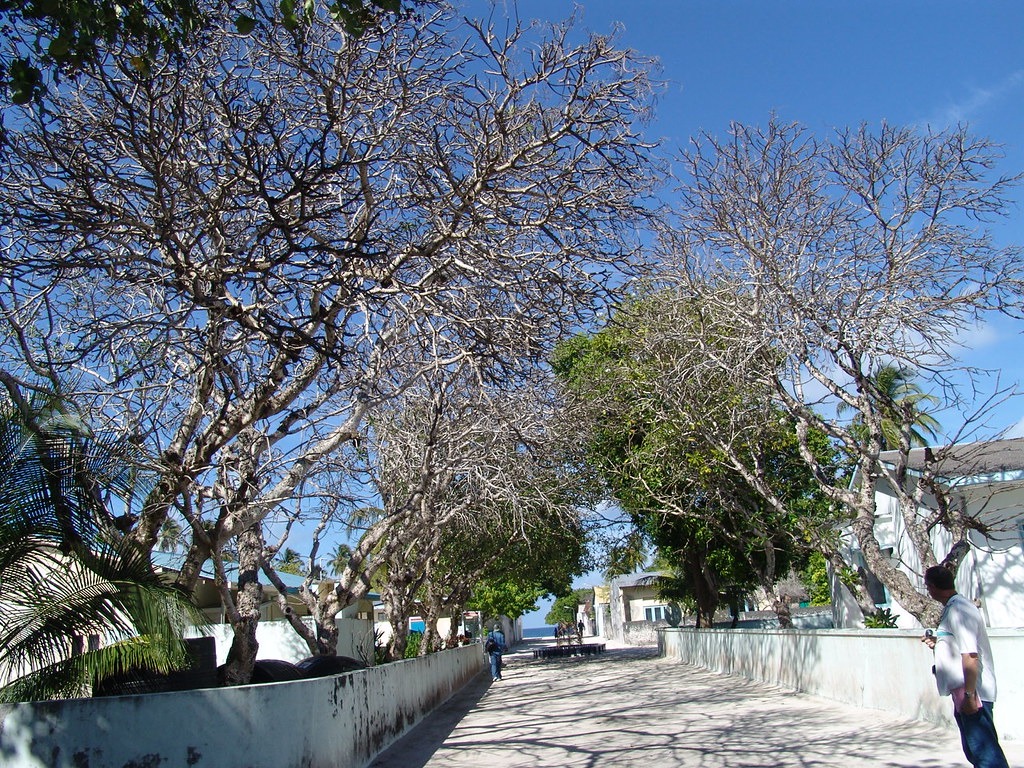
This small island maintains the Maldives’ traditional metallurgy heritage through verified craftsmanship. Local artisans continue creating authentic Maldivian jewelry using documented traditional techniques.
Marine researchers have identified unique table coral formations in the surrounding waters. The island’s beaches regularly reveal pottery shards dating back to the historical maritime trade routes.
Like Travel Pug’s content? Follow us on MSN.
Kendhoo
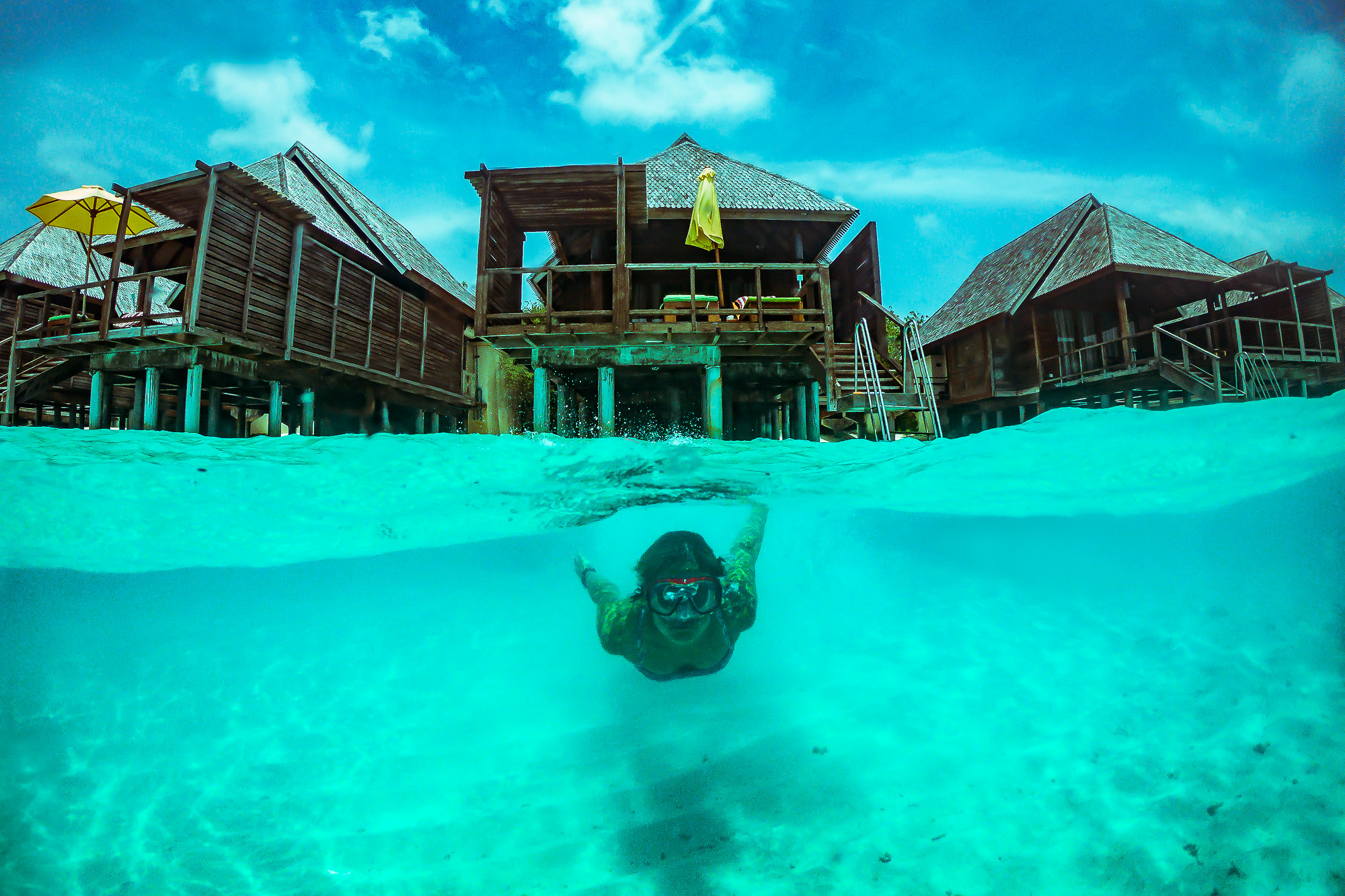
Baa Atoll’s historic island holds verified archaeological evidence of its Buddhist past. The island maintains several ancient wells that provide natural freshwater, a rare feature in the Maldives.
Marine scientists study the unusual coral formations in the surrounding reefs. Local families continue traditional organic farming practices, growing native vegetables and fruits.
Goidhoo
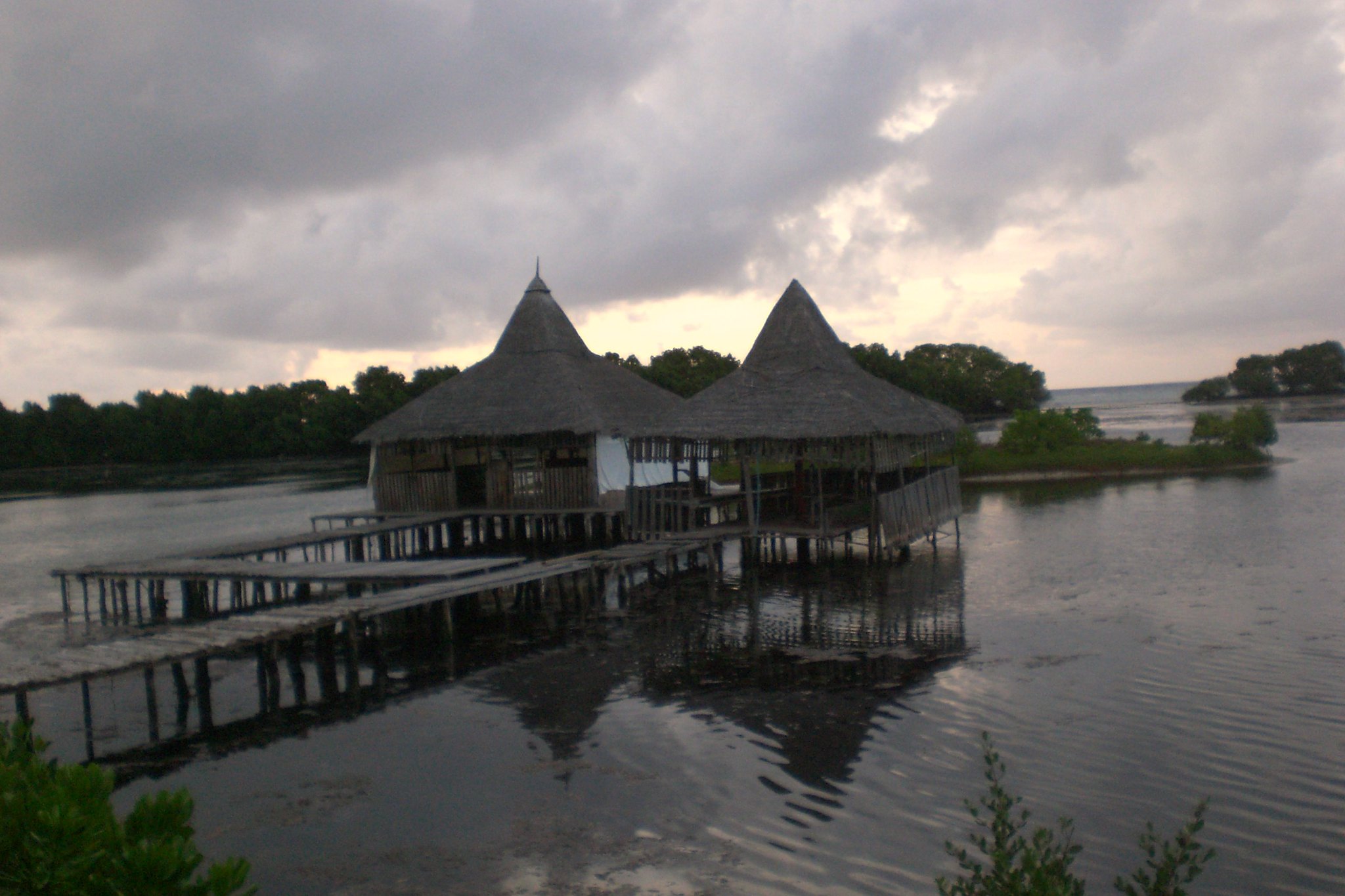
This island’s protected mangrove ecosystem supports documented populations of herons and waders. The surrounding waters feature verified seagrass beds, crucial for sea turtle populations.
Local farmers maintain traditional agricultural practices on uniquely fertile soil. The island’s position creates ideal conditions for studying monsoon patterns in the Maldives.
Kurendhoo
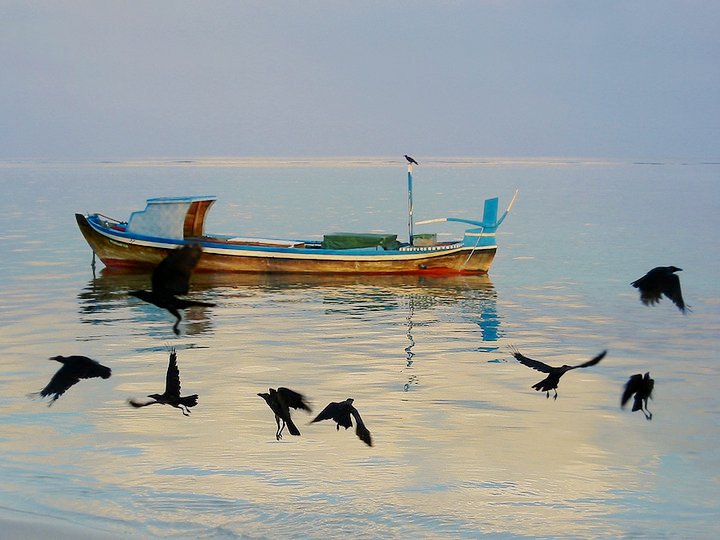
This traditional fishing community adapts sustainable practices while maintaining cultural heritage. The island hosts regular monitoring of its seagrass meadows, essential for marine life.
Local medicine practitioners maintain records of traditional herbal remedies using native plants. The surrounding waters feature documented populations of spotted eagle rays.
Like Travel Pug’s content? Follow us on MSN.
Naifaru
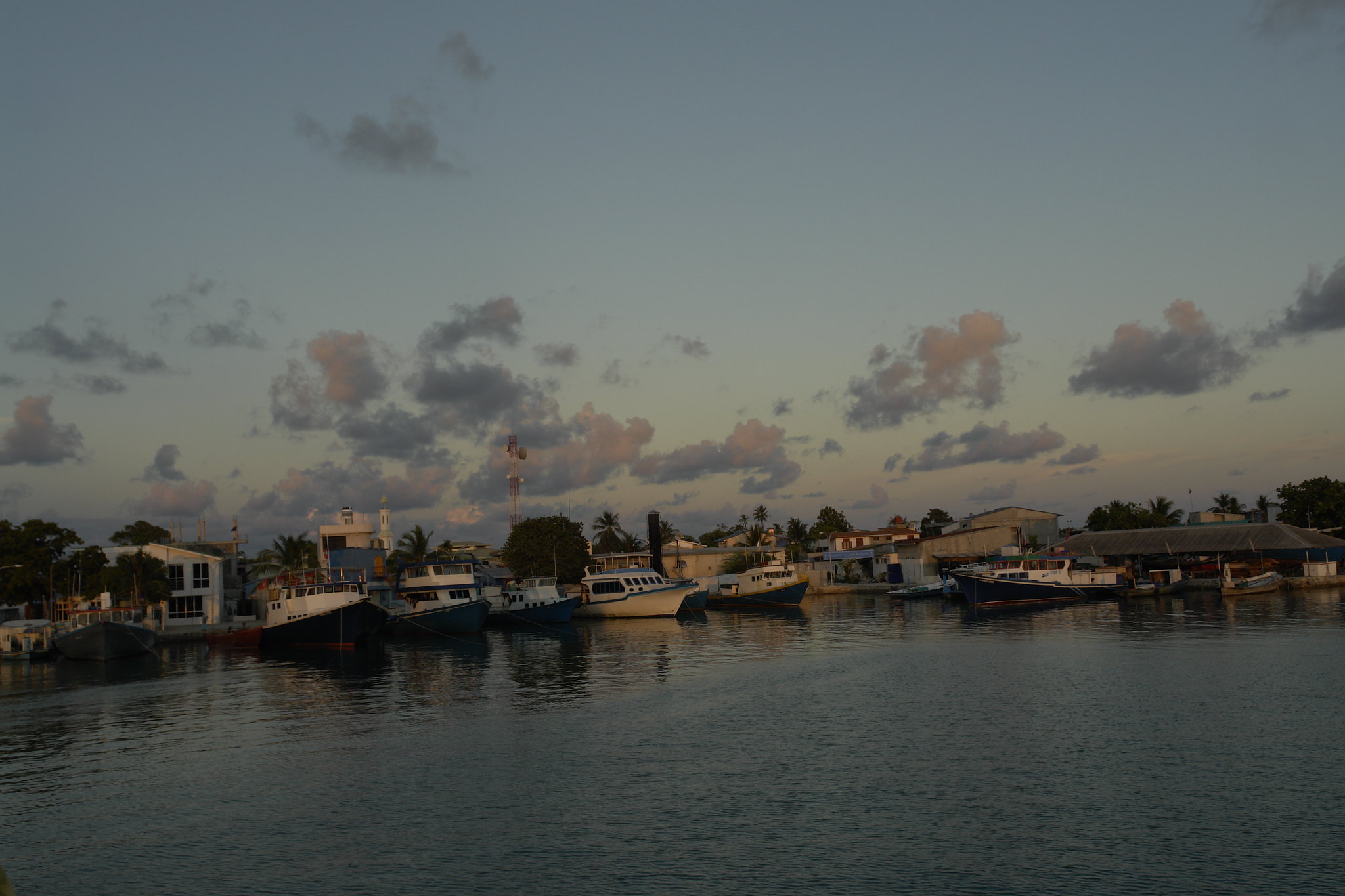
The capital of Lhaviyani Atoll combines administrative importance with environmental conservation. The island’s turtle rehabilitation center works with marine biologists to protect endangered species.
Traditional drum-making continues here, with artisans using documented historical techniques. The surrounding waters host verified populations of spinner dolphins.
Maaenboodhoo
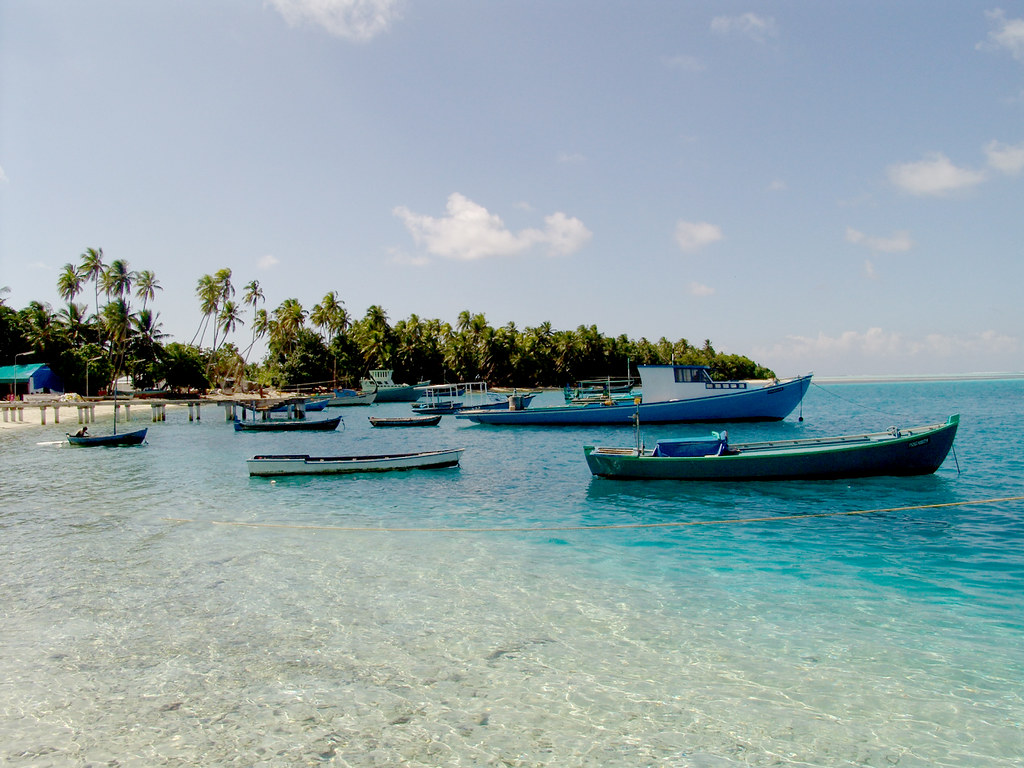
This Dhaalu Atoll island maintains some of the healthiest documented seagrass meadows. Marine scientists regularly monitor the unique coral formations in the surrounding waters.
Local craftswomen continue the UNESCO-recognized art of palm leaf weaving. The island’s beaches provide crucial nesting grounds for several sea turtle species.
Dhigurah
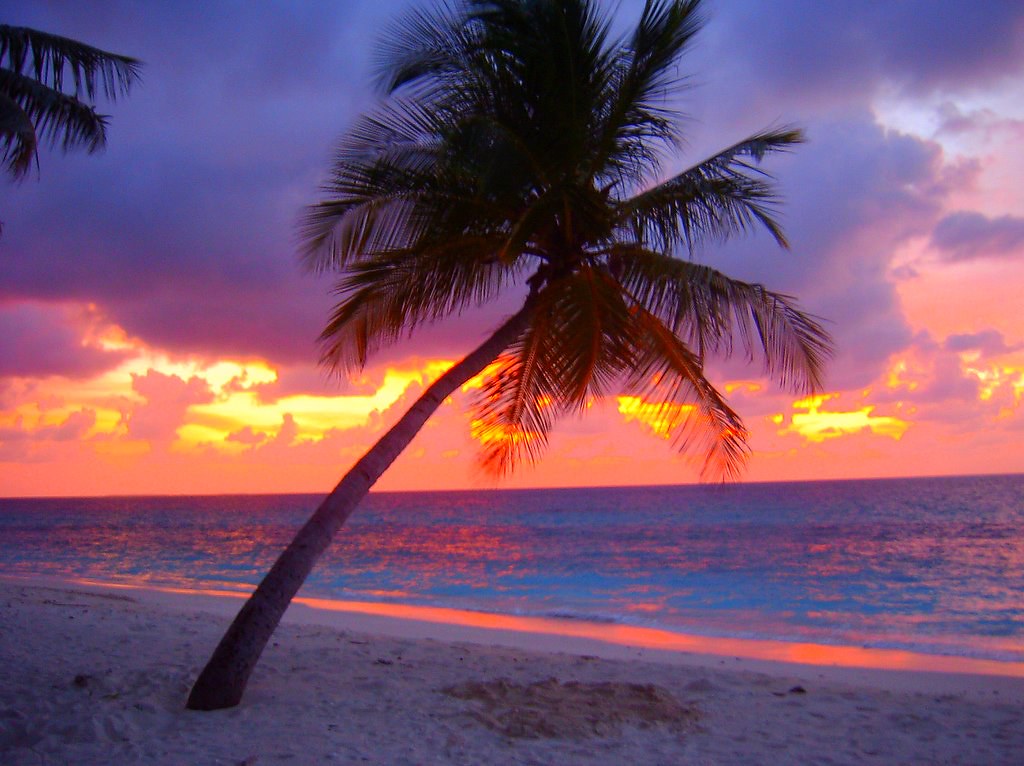
The ‘Long Island’ stretches over 1.5 miles, making it one of the largest natural islands in the Maldives. Marine biologists have documented regular whale shark sightings in the surrounding waters throughout the year.
The island’s extensive beach provides protected nesting grounds for various seabirds. Local conservation efforts focus on preserving native vegetation along the coastline.
Like Travel Pug’s content? Follow us on MSN.
Himandhoo
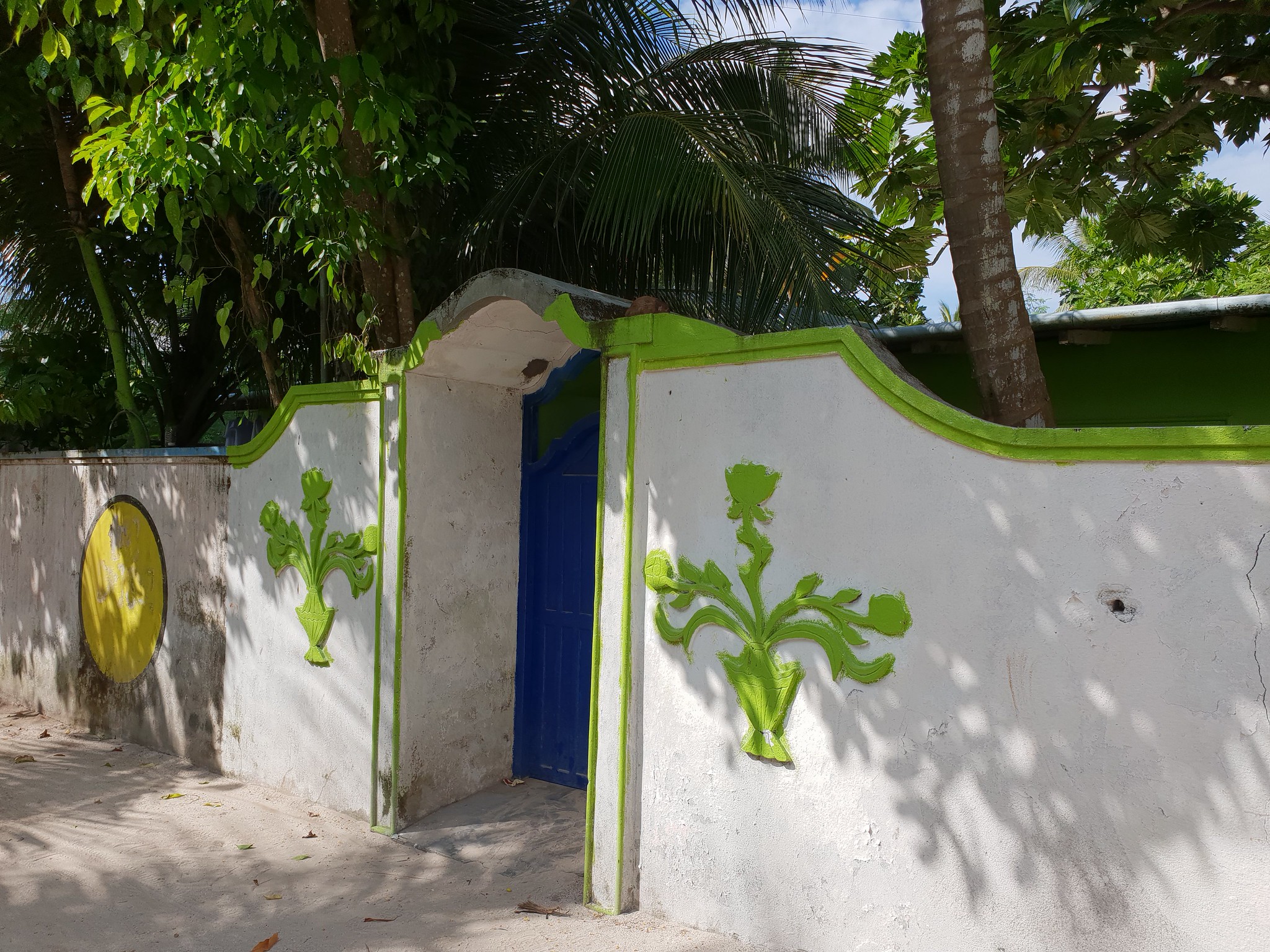
This Alif Alif Atoll island features documented historical sites from the Maldives’ Buddhist era. The surrounding reef system supports verified populations of reef sharks and rays.
Local women maintain traditional food preservation techniques using documented methods. The island’s natural sand banks create unique tidal pools studied by marine researchers.
Utheemu
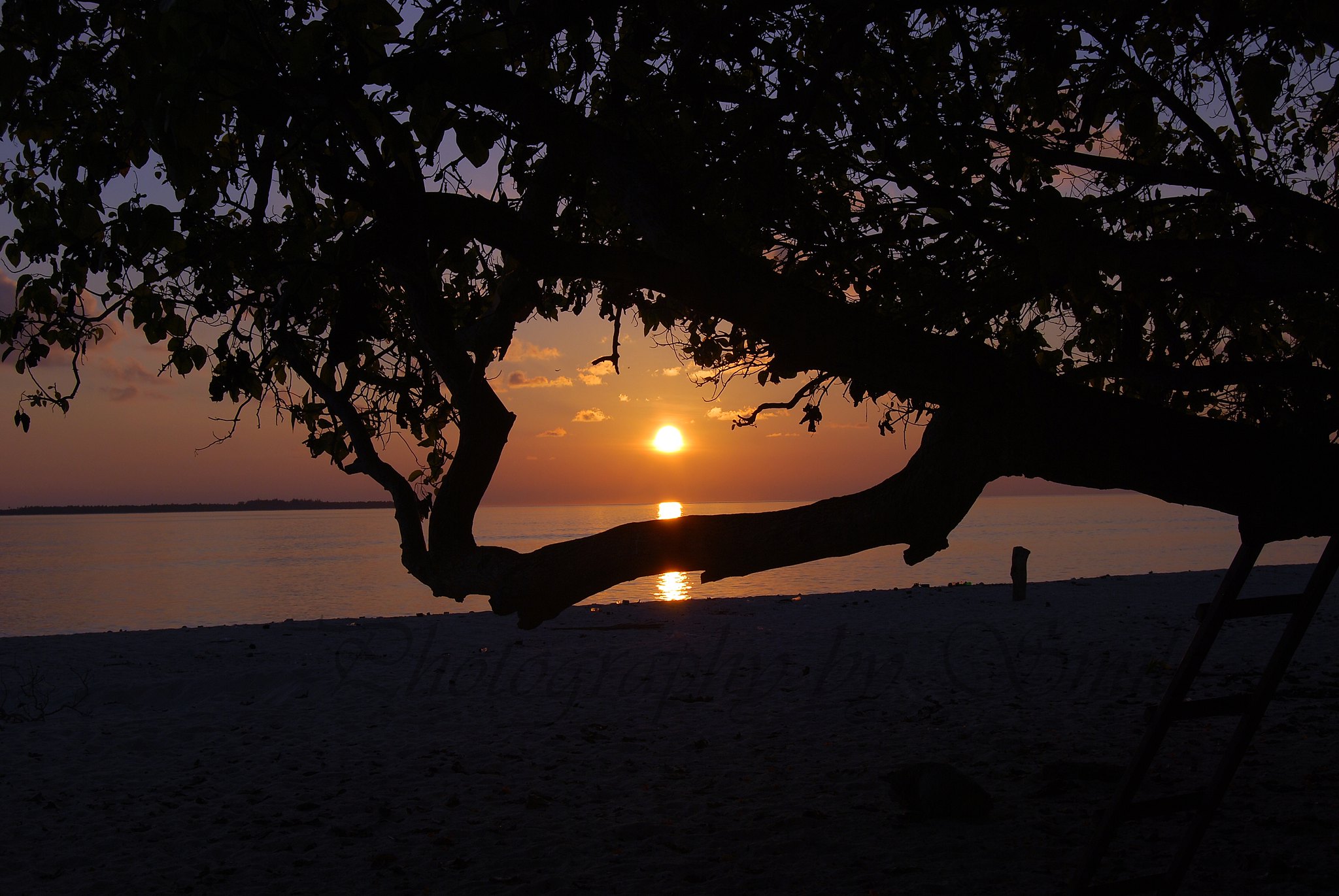
This northern island holds verified historical significance in Maldivian independence. The preserved wooden palace of Sultan Mohamed Thakurufaanu remains a national heritage site.
Traditional boat builders continue to document construction methods using local materials. Marine biologists regularly study the unique coral formations in the surrounding waters.
Hulhumeedhoo
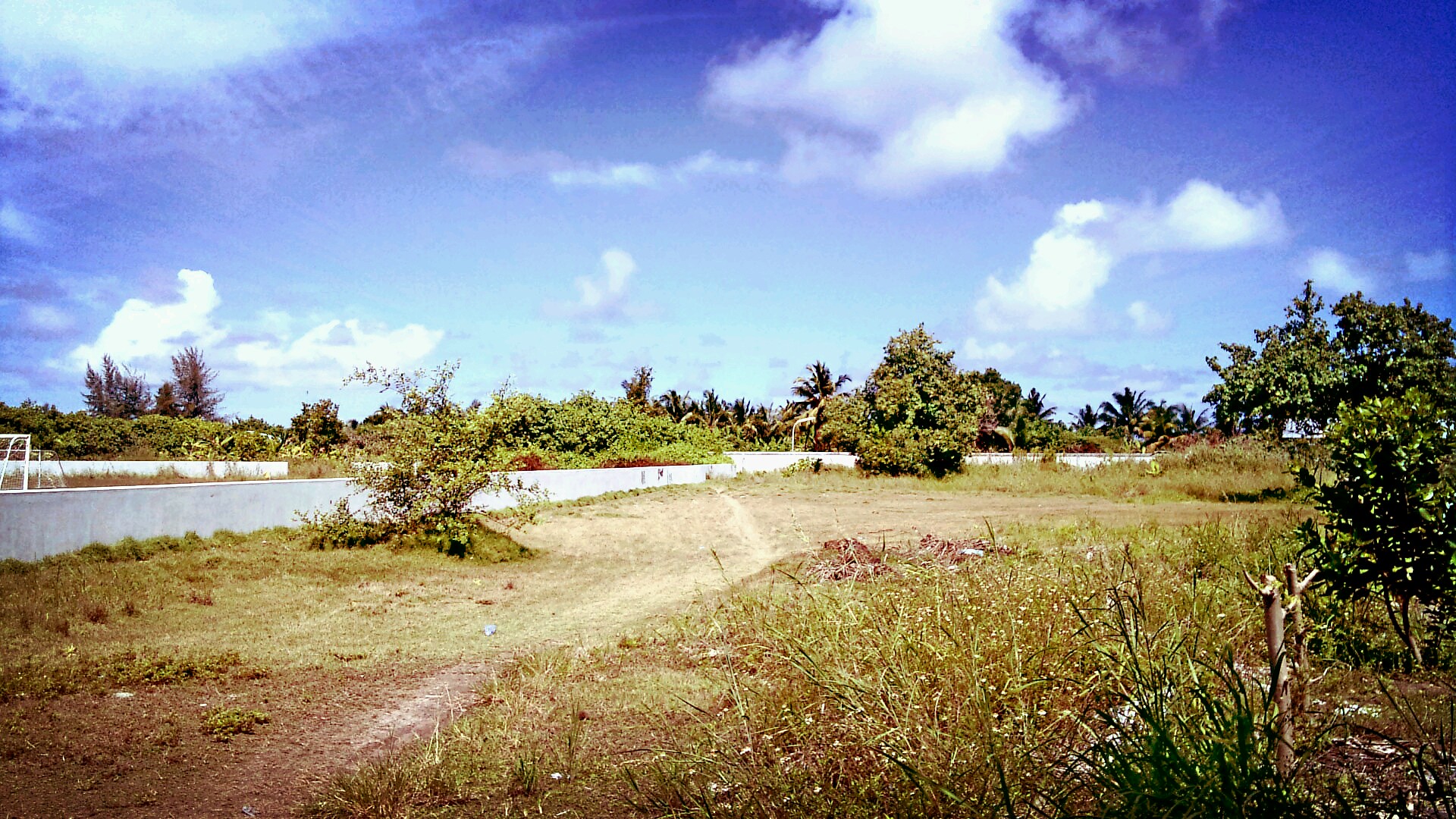
Archaeological studies confirm this island’s rich history through verified artifacts. The surrounding waters support documented populations of spinner dolphins and pilot whales.
Local craftspeople maintain traditional textile weaving using natural dyes from native plants. The island’s wetlands provide habitat for several species of migratory birds.
Like Travel Pug’s content? Follow us on MSN.
Maduvvari
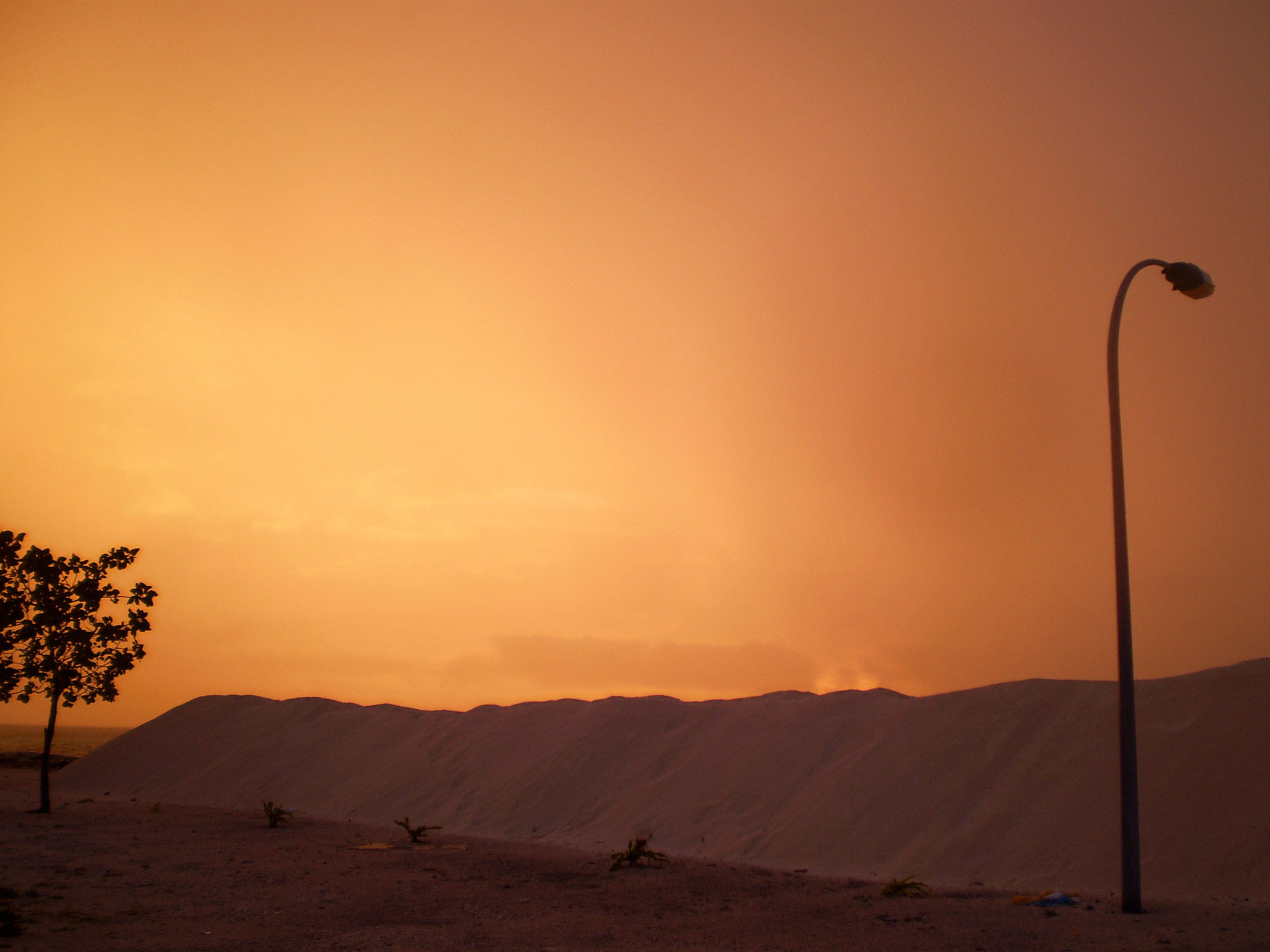
This island maintains the last documented traditional boat-building community. Marine scientists regularly monitor the unique reef system surrounding the island.
Local fishermen continue sustainable fishing practices using verified traditional methods. The island’s beaches provide crucial nesting grounds for documented populations of hermit crabs.
Meedhoo
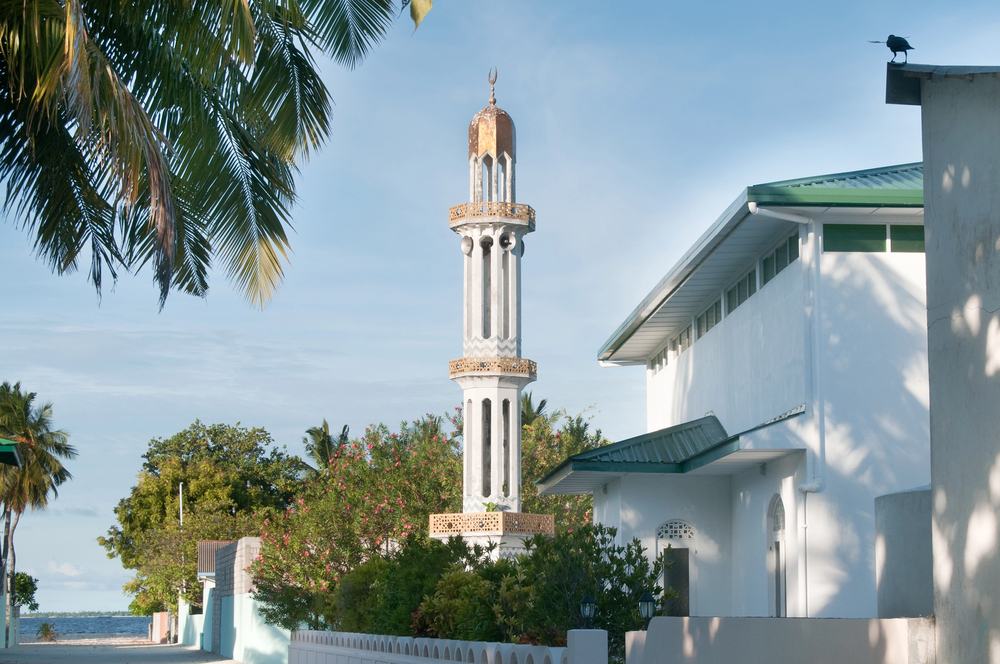
The island features several historic mosques built with traditional coral stone architecture. Marine researchers study the unique mangrove ecosystem surrounding the island.
Local artisans maintain documented techniques for traditional lacquerwork. The surrounding waters support verified populations of green sea turtles.
Gaddhoo
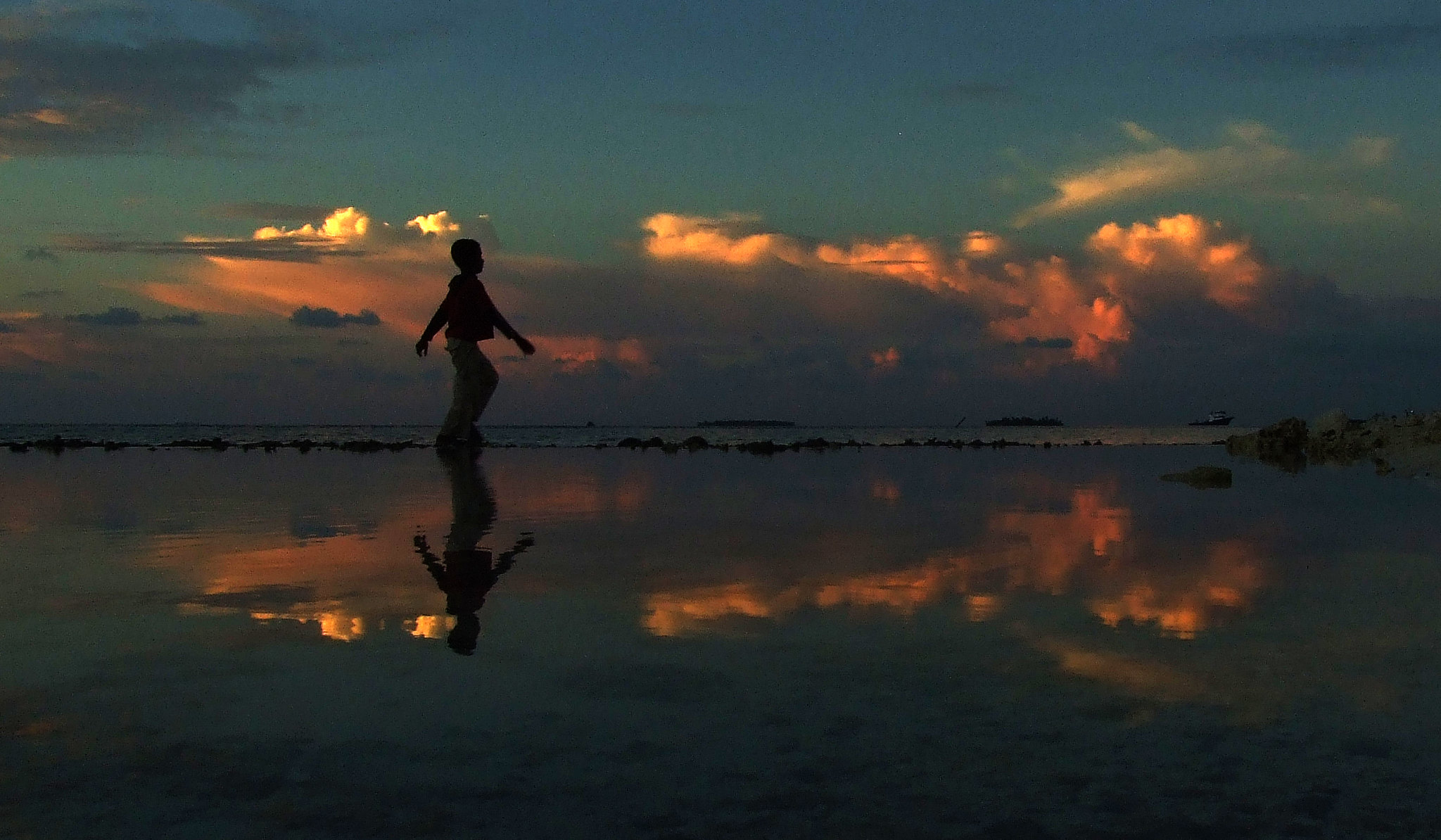
This island hosts unique mangrove species studied by environmental researchers. Local communities maintain traditional beekeeping practices with native bee species. Marine biologists regularly monitor the surrounding reef’s unusual coral formations.
The island provides crucial habitat for documented populations of fruit bats.
Like Travel Pug’s content? Follow us on MSN.
Today’s Hidden Treasures
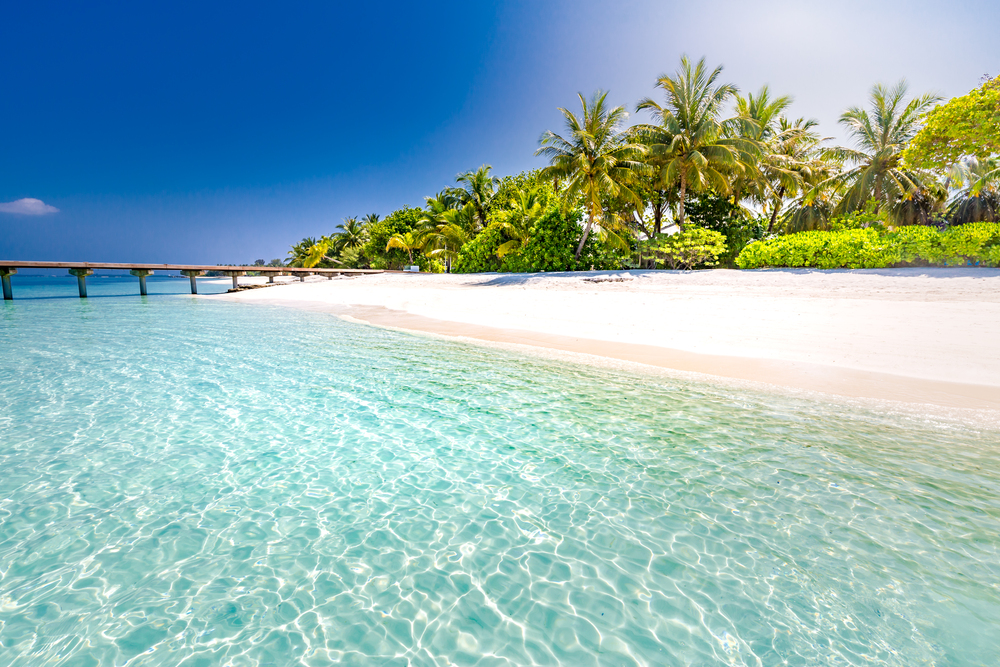
These lesser-known islands preserve authentic Maldivian life while adapting to environmental challenges. Scientific research continues to reveal new insights about these islands’ unique marine ecosystems and cultural heritage.
As climate change threatens low-lying islands worldwide, these places demonstrate the resilience of traditional island communities. These hidden corners of the Maldives remind us that authentic experiences still exist for those willing to venture beyond the tourist brochures.
More from Travel Pug

- 20 Towns Built for One Purpose That Were Later Abandoned
- 15 Hidden Spots in Disney World’s Magic Kingdom Most Visitors Miss
- 15 Most Scenic Walks Anywhere in The World
- 15 Canyons in the U.S. That Are Just as Stunning as the Grand Canyon
- 10 Under-the-Radar Mountain Towns That Are Both Affordable and Beautiful
Like Travel Pug’s content? Follow us on MSN.
